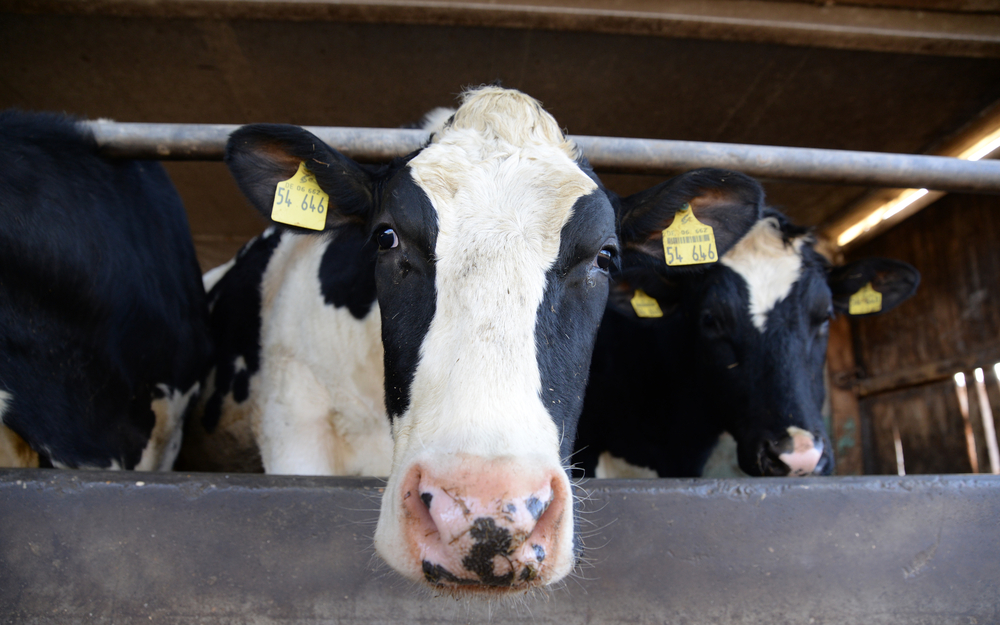Person in Texas catches H5N1 bird flu in 1st probable case of cow-to-human transmission
The patient is being treated with an antiviral drug and is believed to have been in contact with dairy cows infected with H5N1 avian influenza.

A person in Texas has tested positive for bird flu after being in contact with dairy cows that were likely infected with the virus, health officials announced on Monday (April 1).
The individual's only reported symptom was eye redness, likely caused by an infection of the eye called conjunctivitis. The person is now isolating and being treated with an antiviral drug for influenza, according to the Centers for Disease Control and Prevention (CDC).
This is the second reported case of a human in the U.S. being infected with a type of "highly pathogenic" avian influenza virus called A(H5N1) and the first person to likely be infected by cows. The first human case in the U.S. was in 2022 and involved a prisoner in Colorado who had been culling infected poultry at a commercial farm as part of a pre-release employment program.
H5N1 is a subtype of highly pathogenic avian influenza (HPAI), a type of flu that can cause severe disease and death in birds. The virus causes outbreaks in both poultry and wild birds but can also spread to mammals. In the past few years, the virus has been reported in more than 48 mammal species, including foxes, skunks, raccoons, seals and polar bears.
Now, the virus has made its way to cows. The announcement of a person likely catching H5N1 from cattle comes one week after dairy cows in Texas and Kansas tested positive for the virus, and two weeks after the disease was found in goats for the first time. H5N1 has since been detected in cows in New Mexico, Michigan and Idaho.
Health officials say the risk of humans being infected remains low and that, as milk is pasteurized before being sold, dairy products remain safe. The meat supply is also safe, and cooking meat to safe internal temperatures kills viruses like influenza.
Nonetheless, the spread of H5N1 among mammal species is concerning scientists, especially if it's a sign that the virus is now capable of mammal-to-mammal transmission.
Get the world’s most fascinating discoveries delivered straight to your inbox.
"Mammal-to-mammal transmission has been suspected for a while, but not confirmed. If sequencing confirms this, it would be a pretty worrying step in the evolution of the virus," Deepti Gurdasani, a clinical epidemiologist and statistical geneticist at the Queen Mary University of London, wrote on X, formerly known as Twitter. "If mammal-to-mammal transmission can occur, that raises the possibility of the potential of human to human transmission."
About 860 human cases of H5N1 have previously been reported worldwide. The mortality rate is around 60%, according to the World Health Organization (WHO), although the CDC notes some cases cause no or few symptoms. Symptoms can include a cold, cough and fever, and the infections are typically treated with the same antivirals used for seasonal flu.
This article is for informational purposes only and is not meant to offer medical advice.
Ever wonder why some people build muscle more easily than others or why freckles come out in the sun? Send us your questions about how the human body works to community@livescience.com with the subject line "Health Desk Q," and you may see your question answered on the website!

Ben Turner is a U.K. based writer and editor at Live Science. He covers physics and astronomy, tech and climate change. He graduated from University College London with a degree in particle physics before training as a journalist. When he's not writing, Ben enjoys reading literature, playing the guitar and embarrassing himself with chess.


